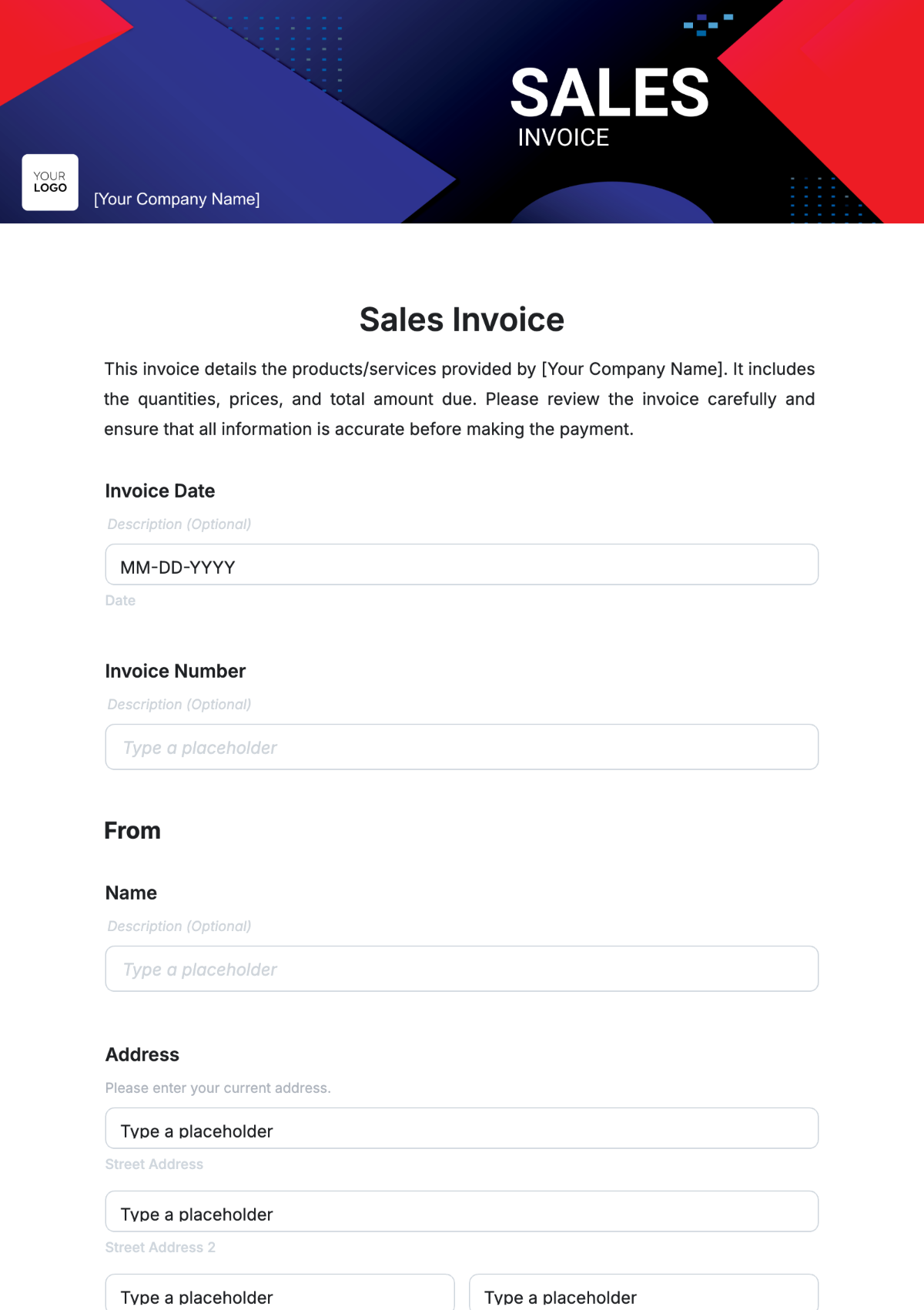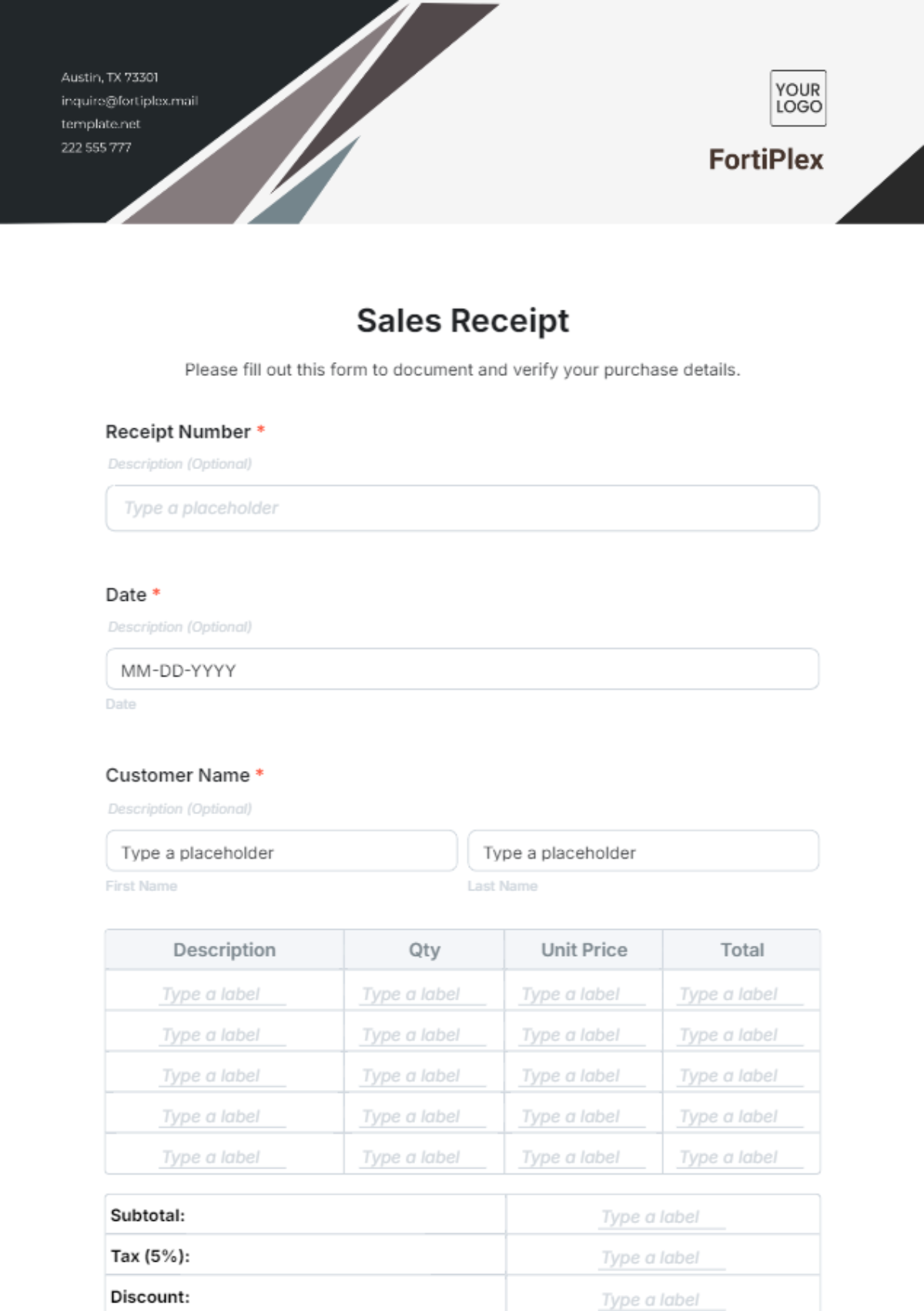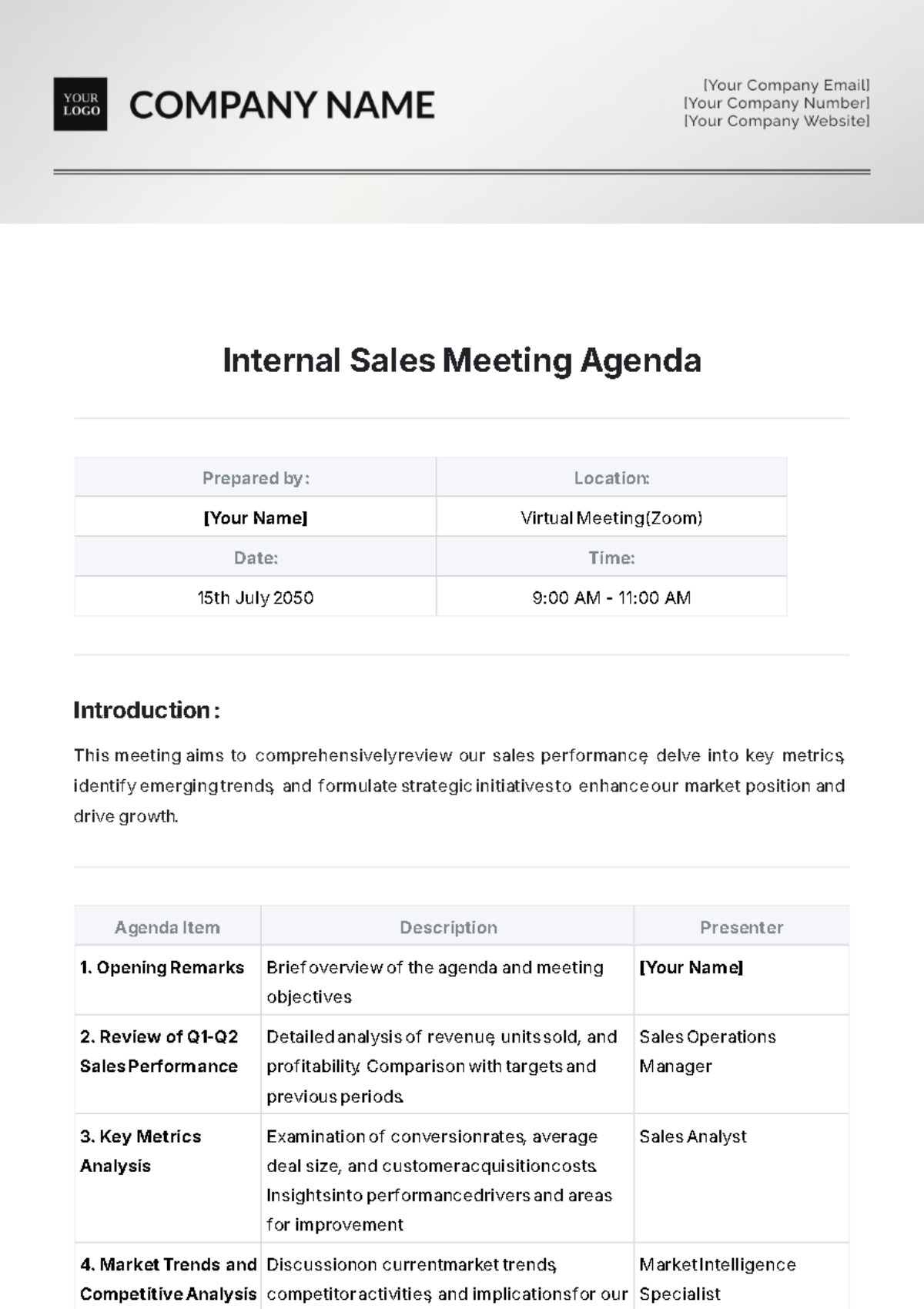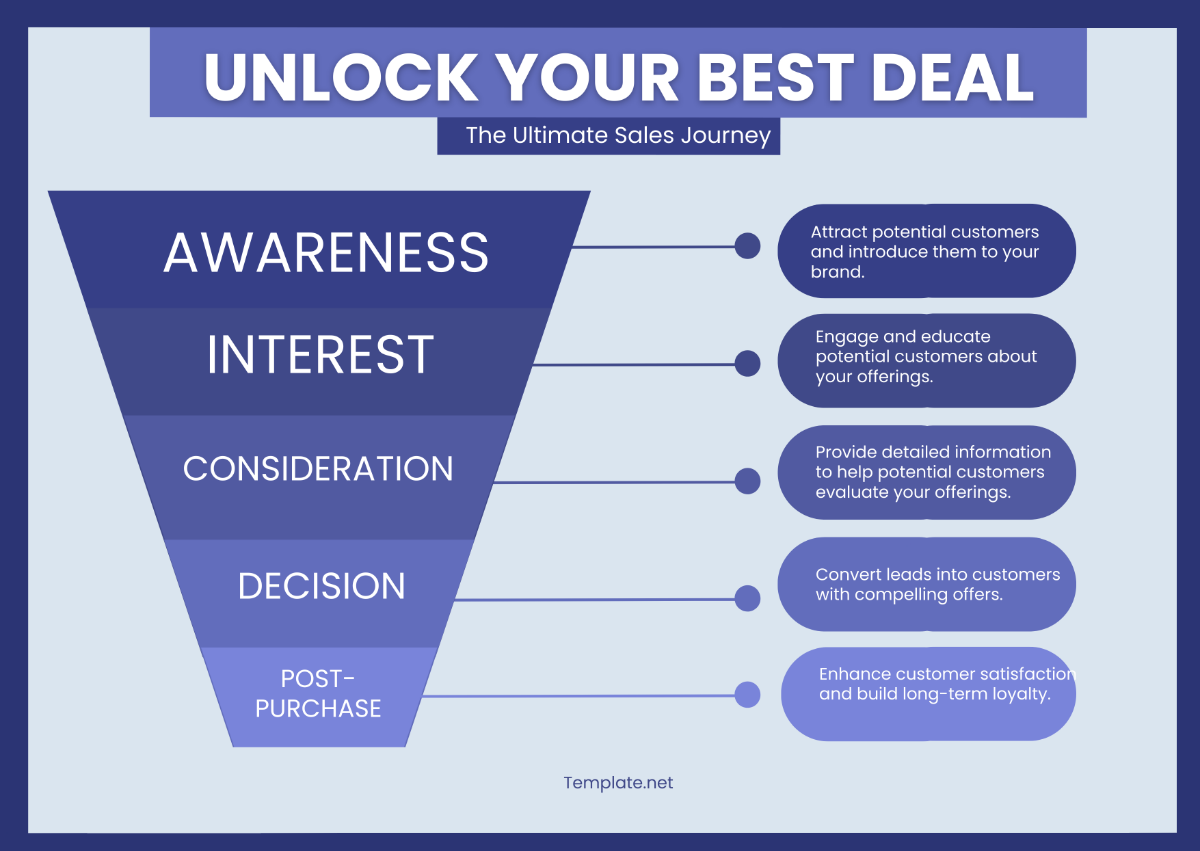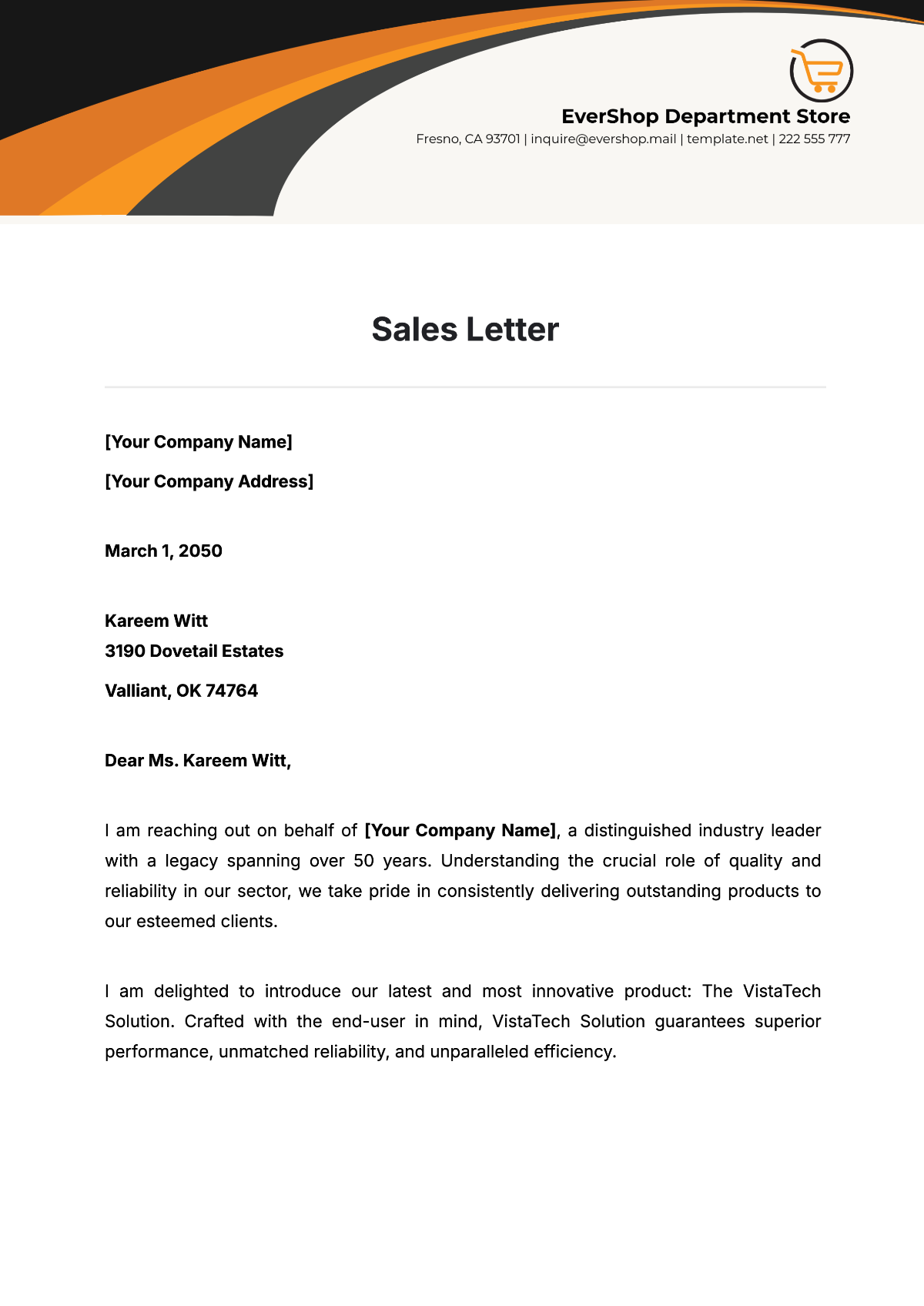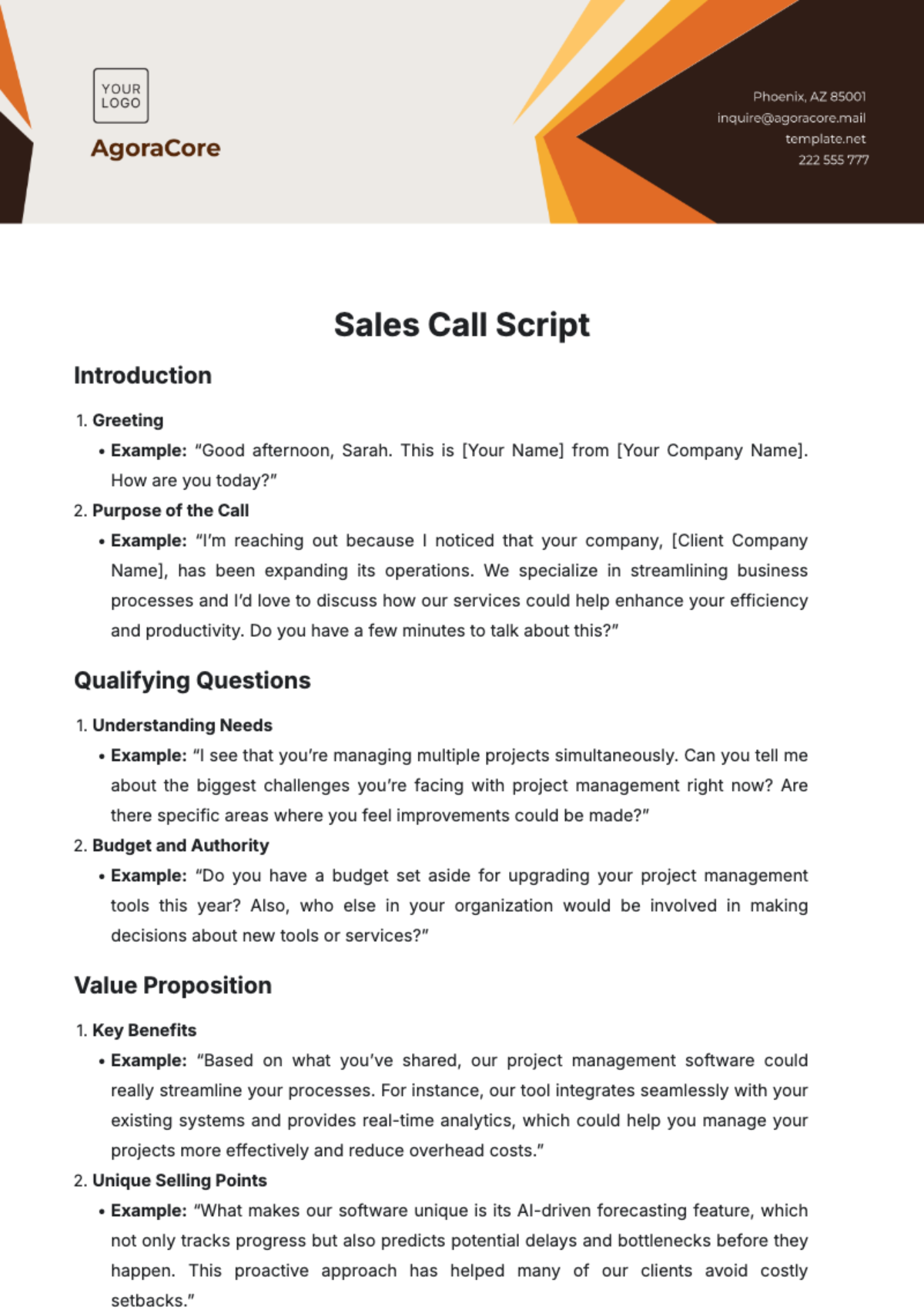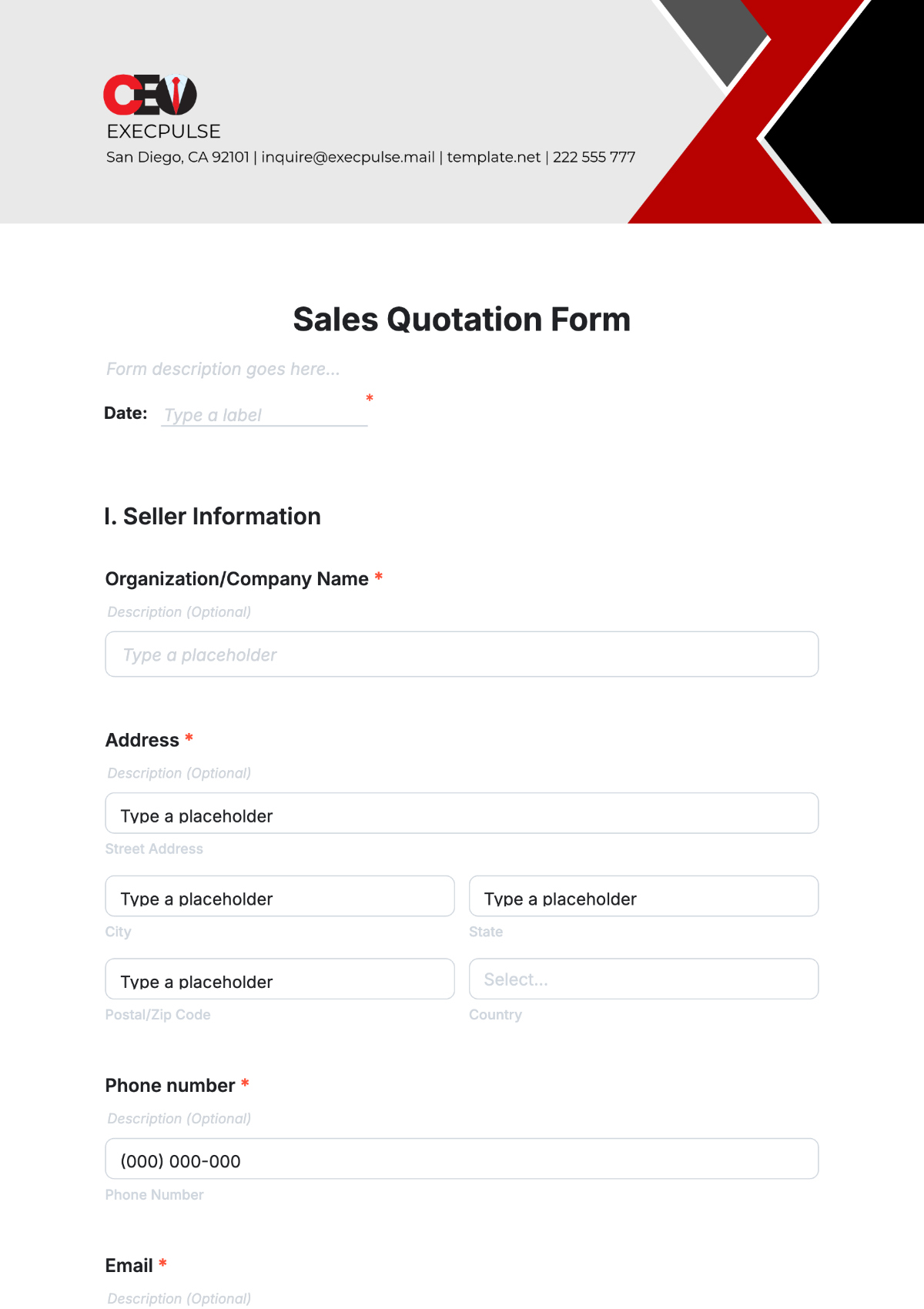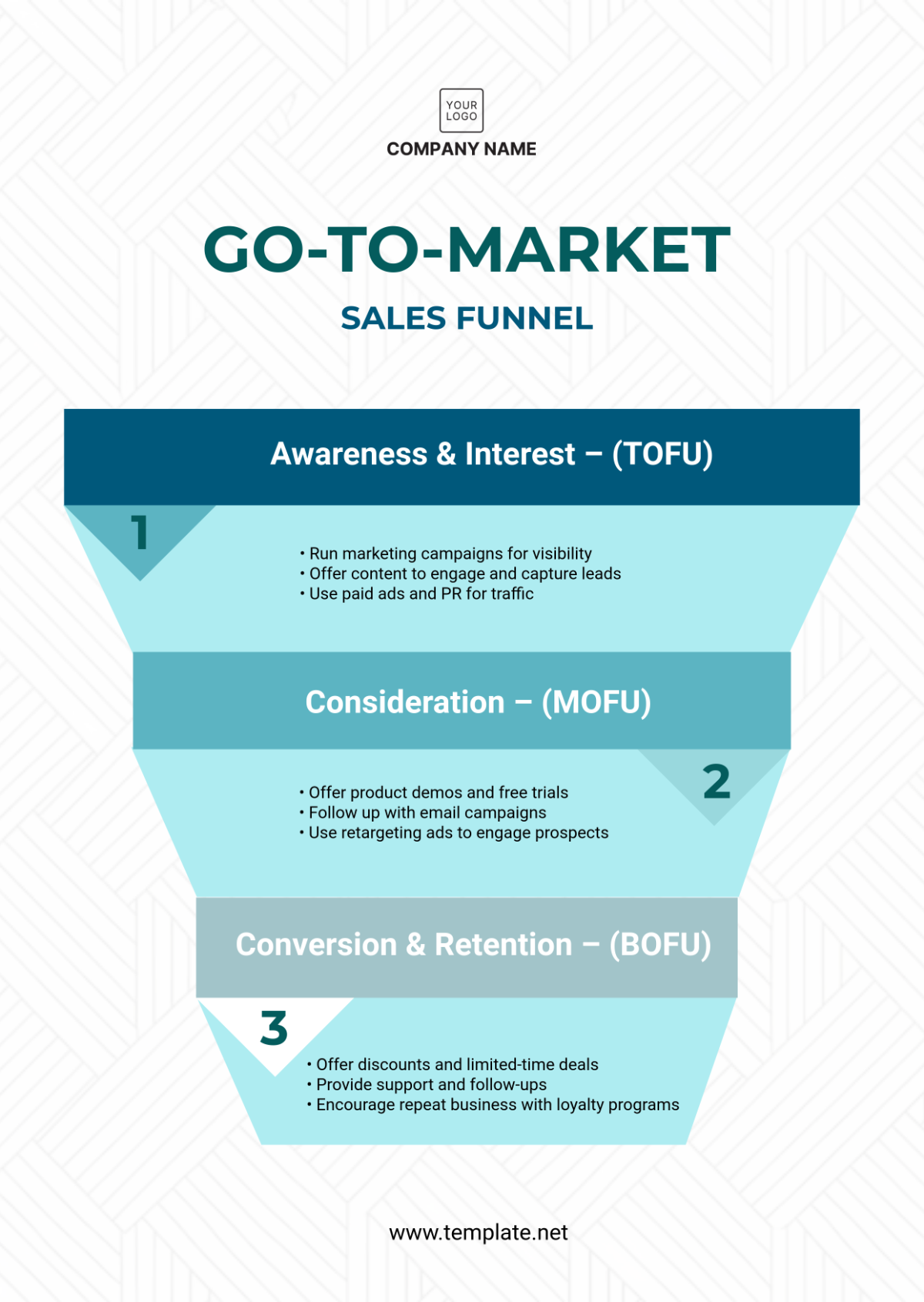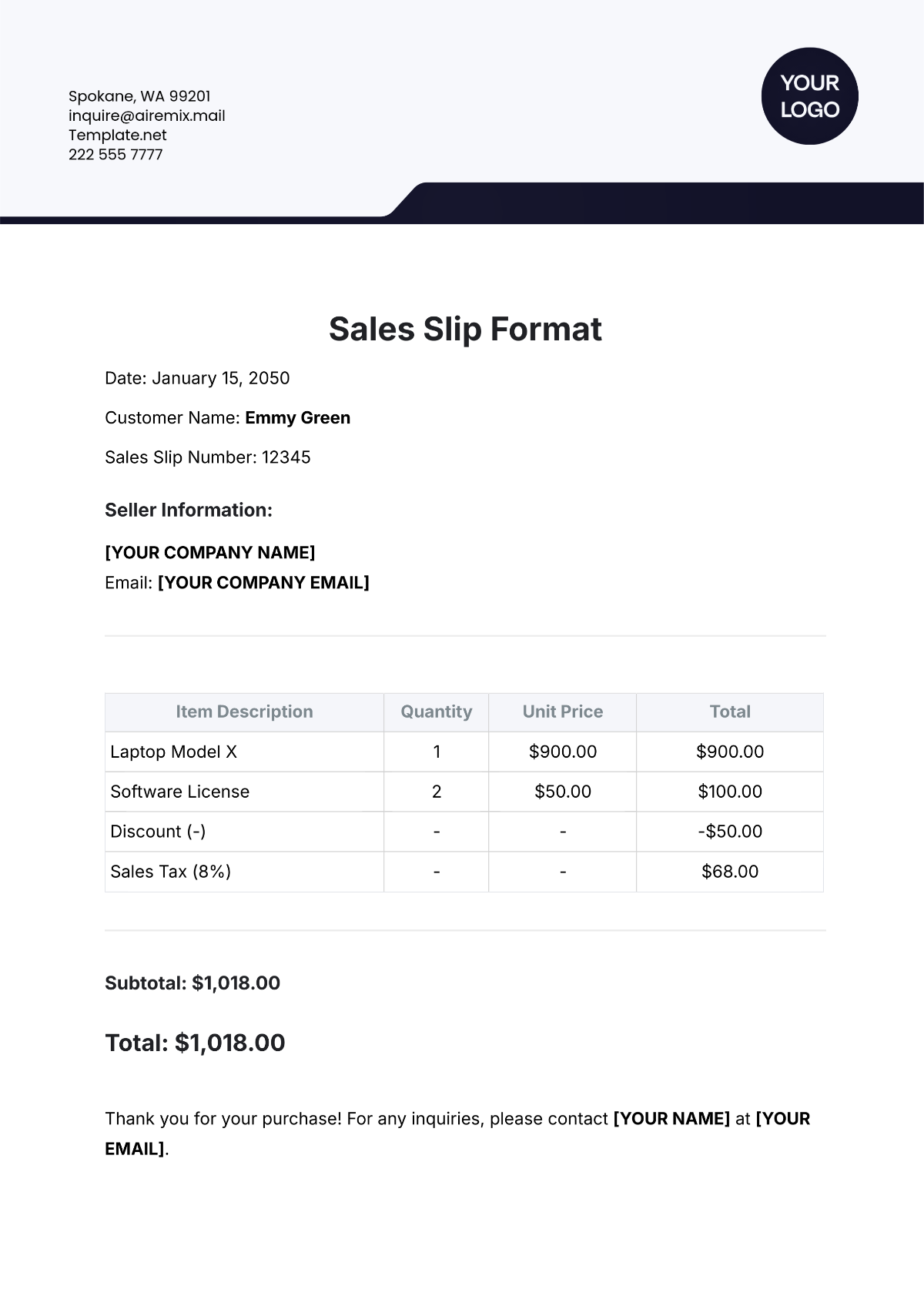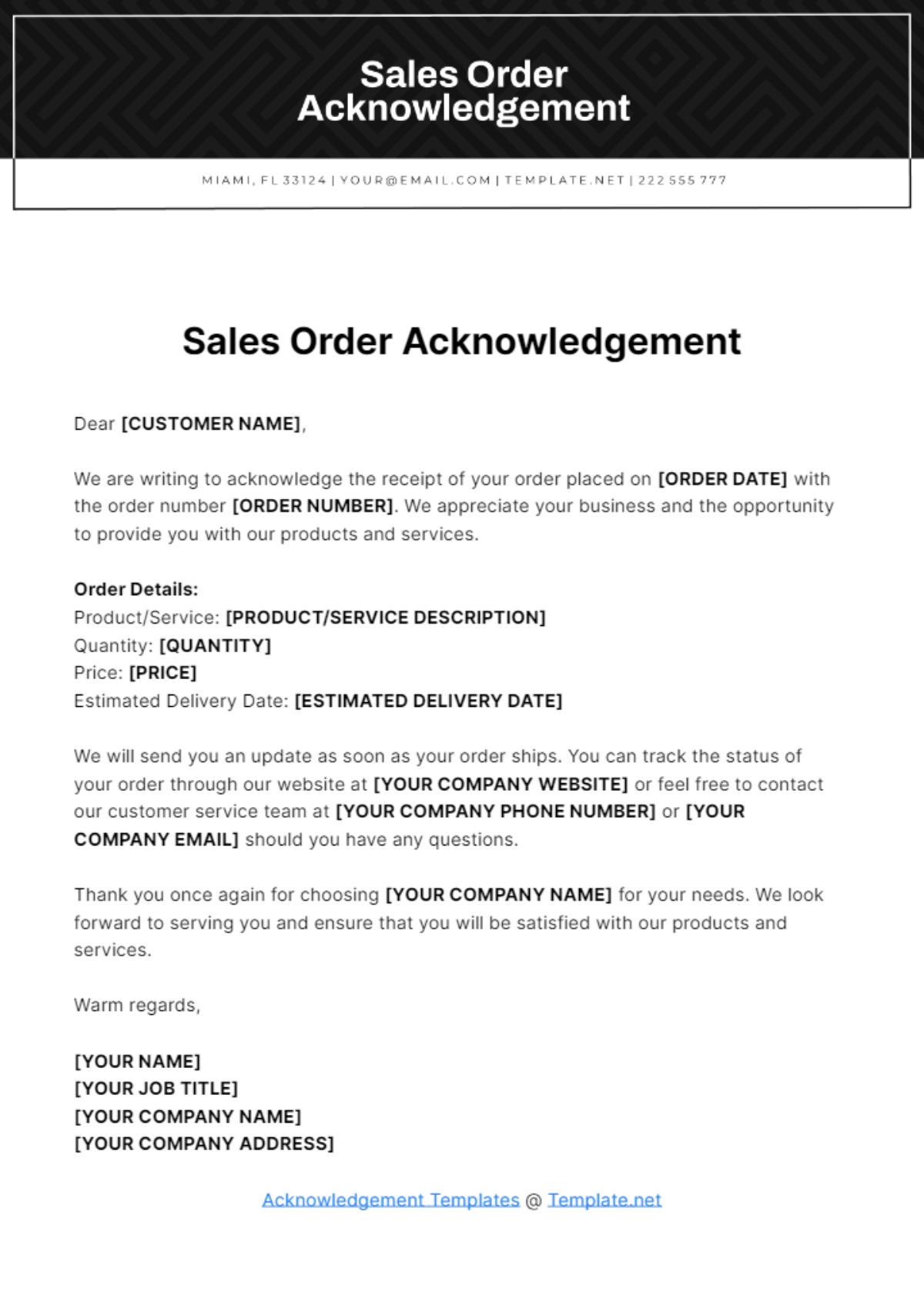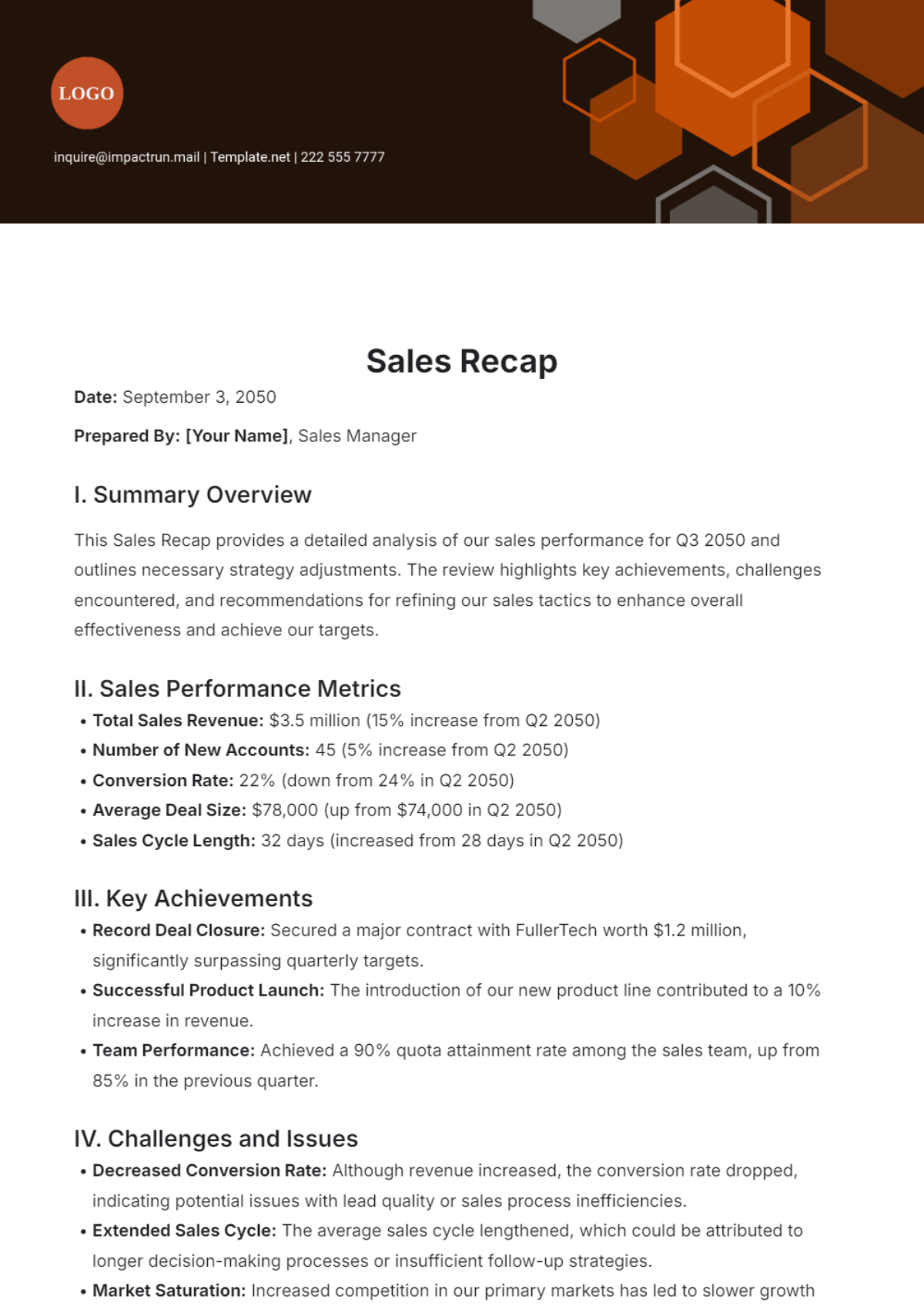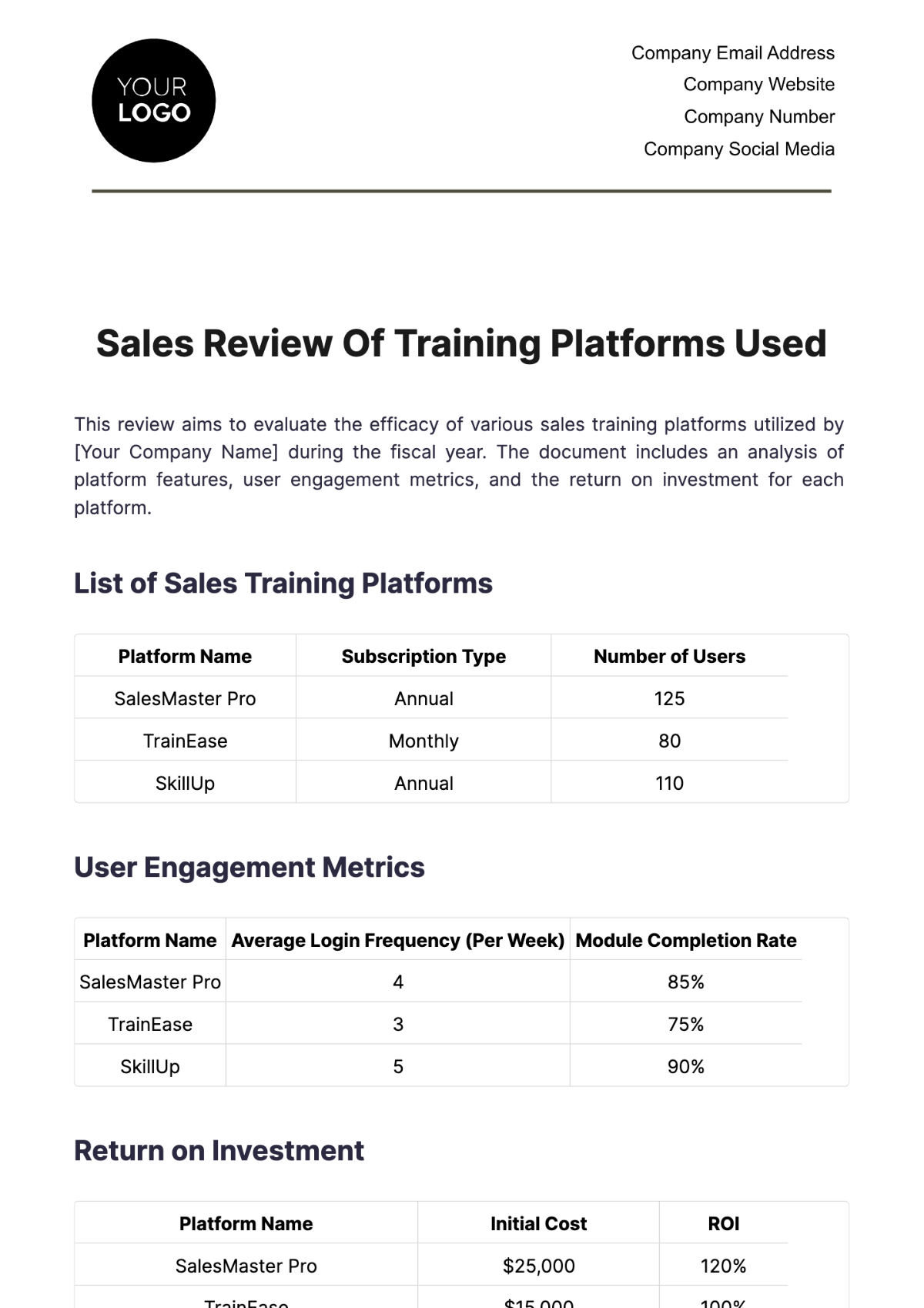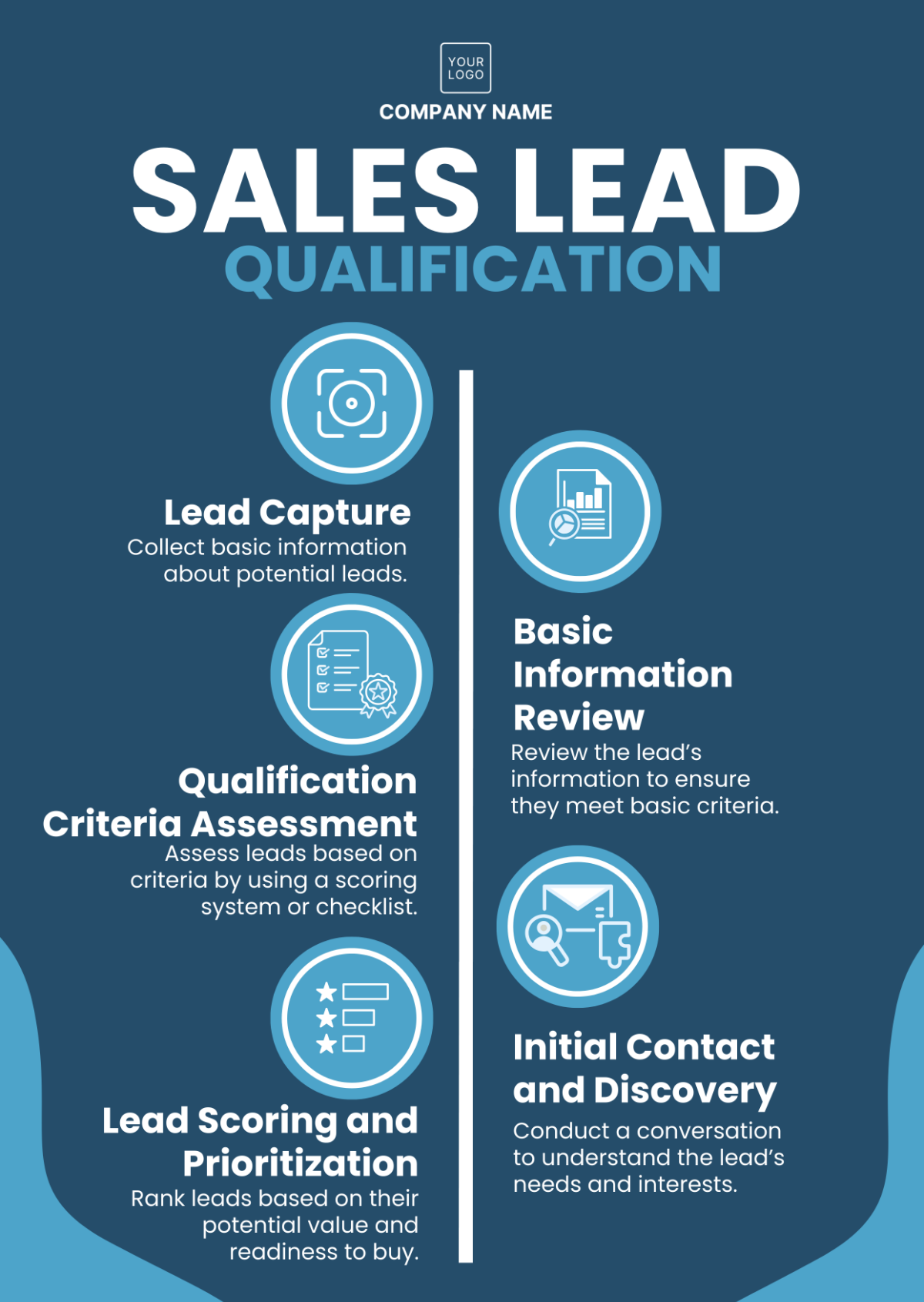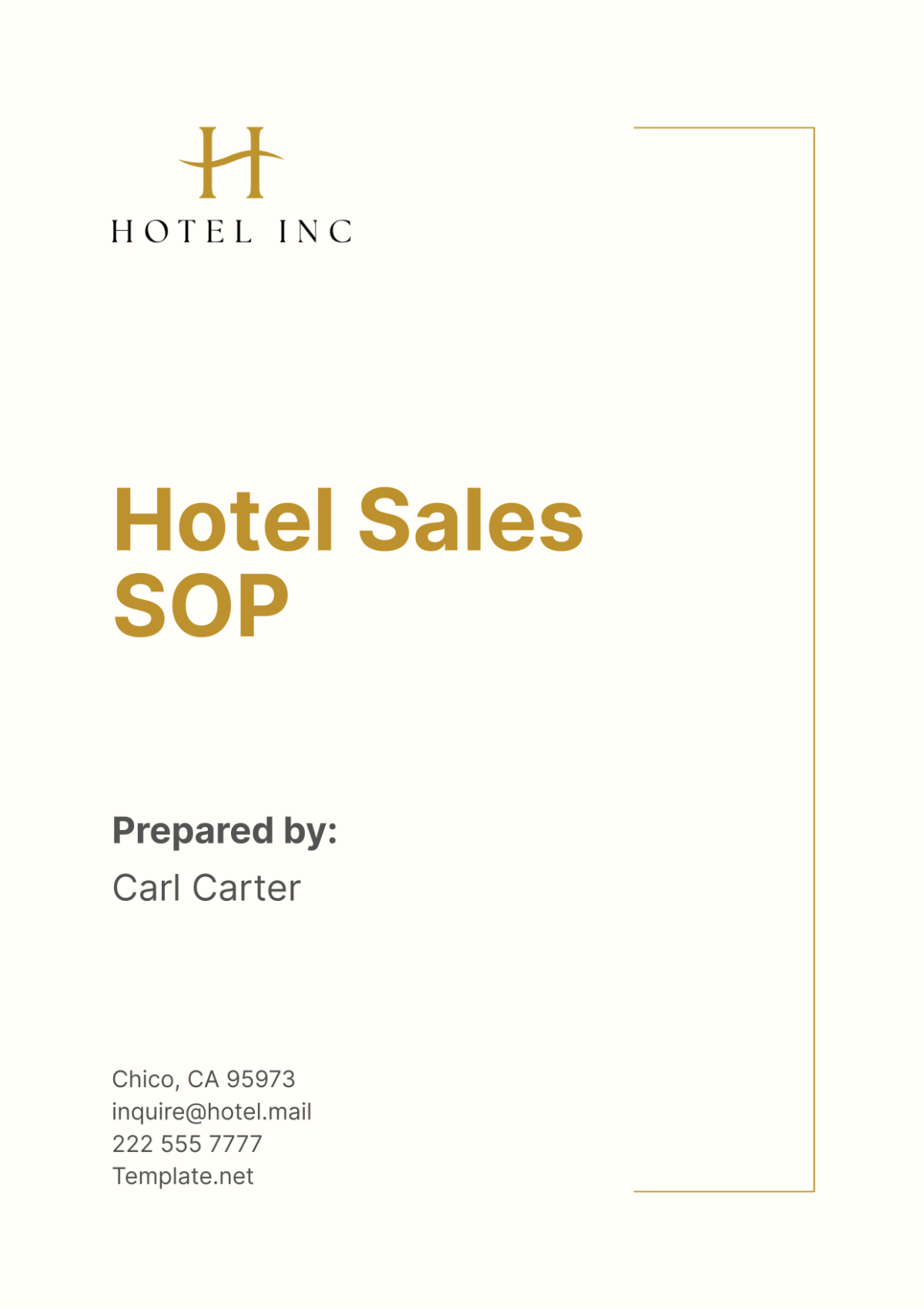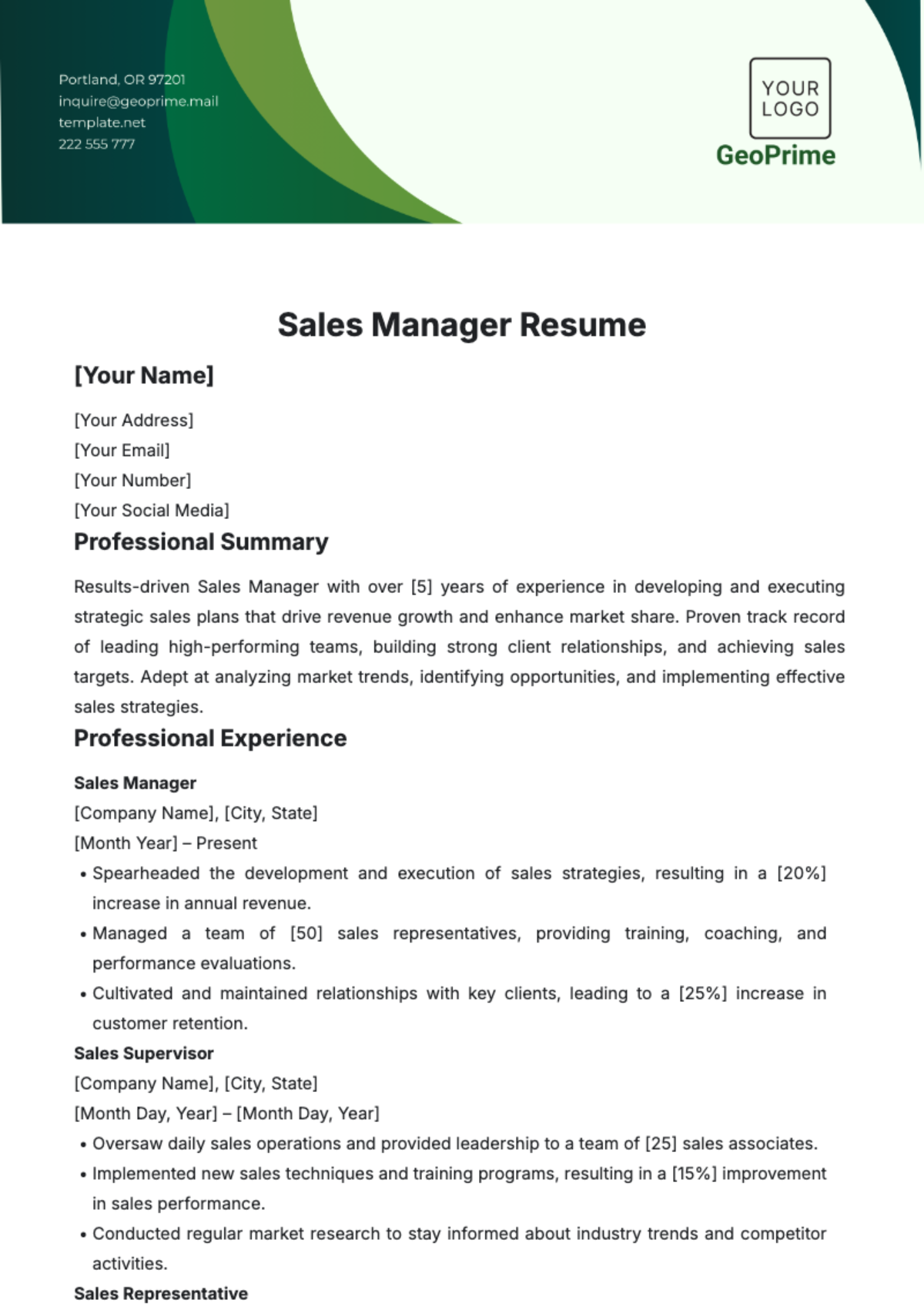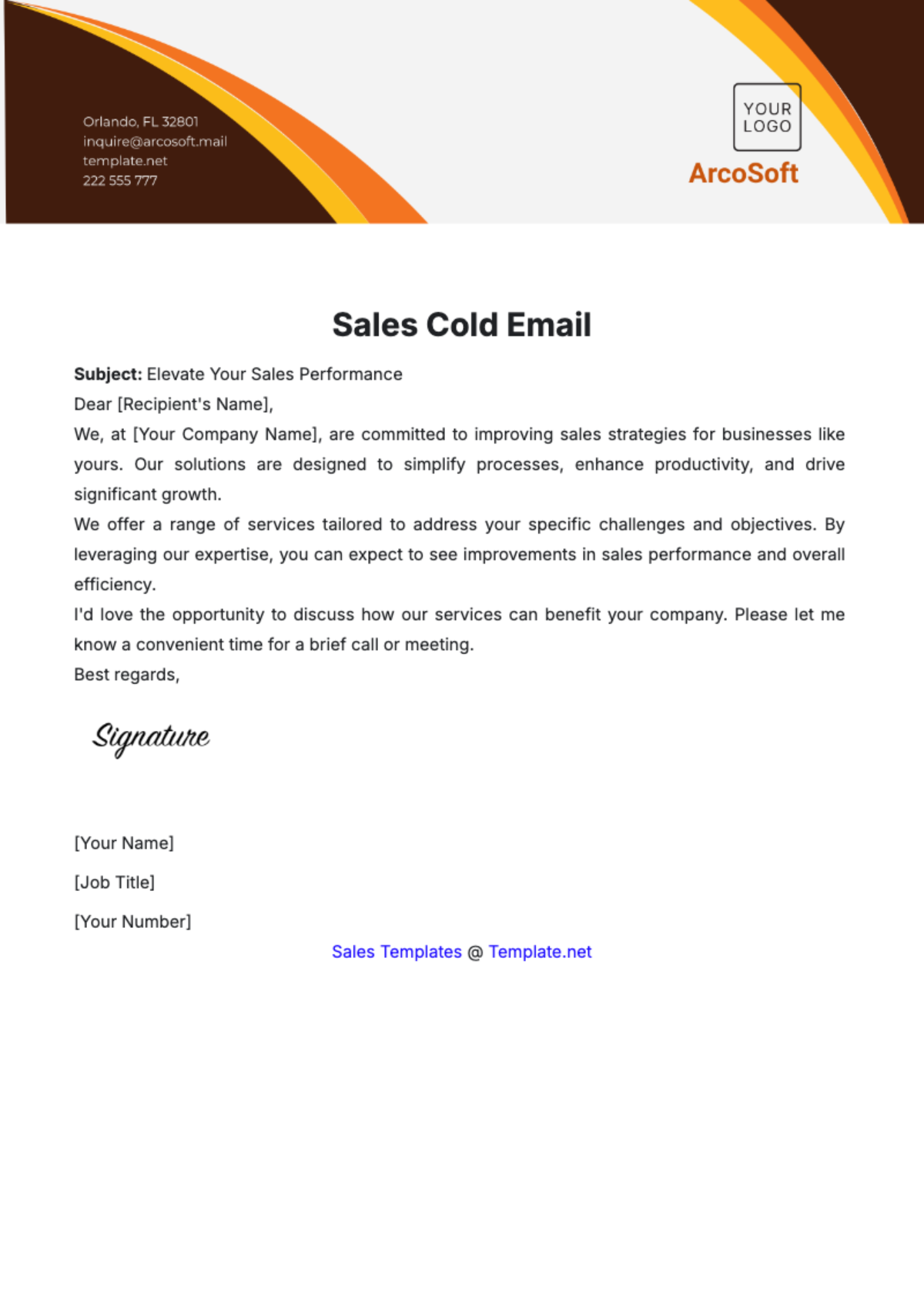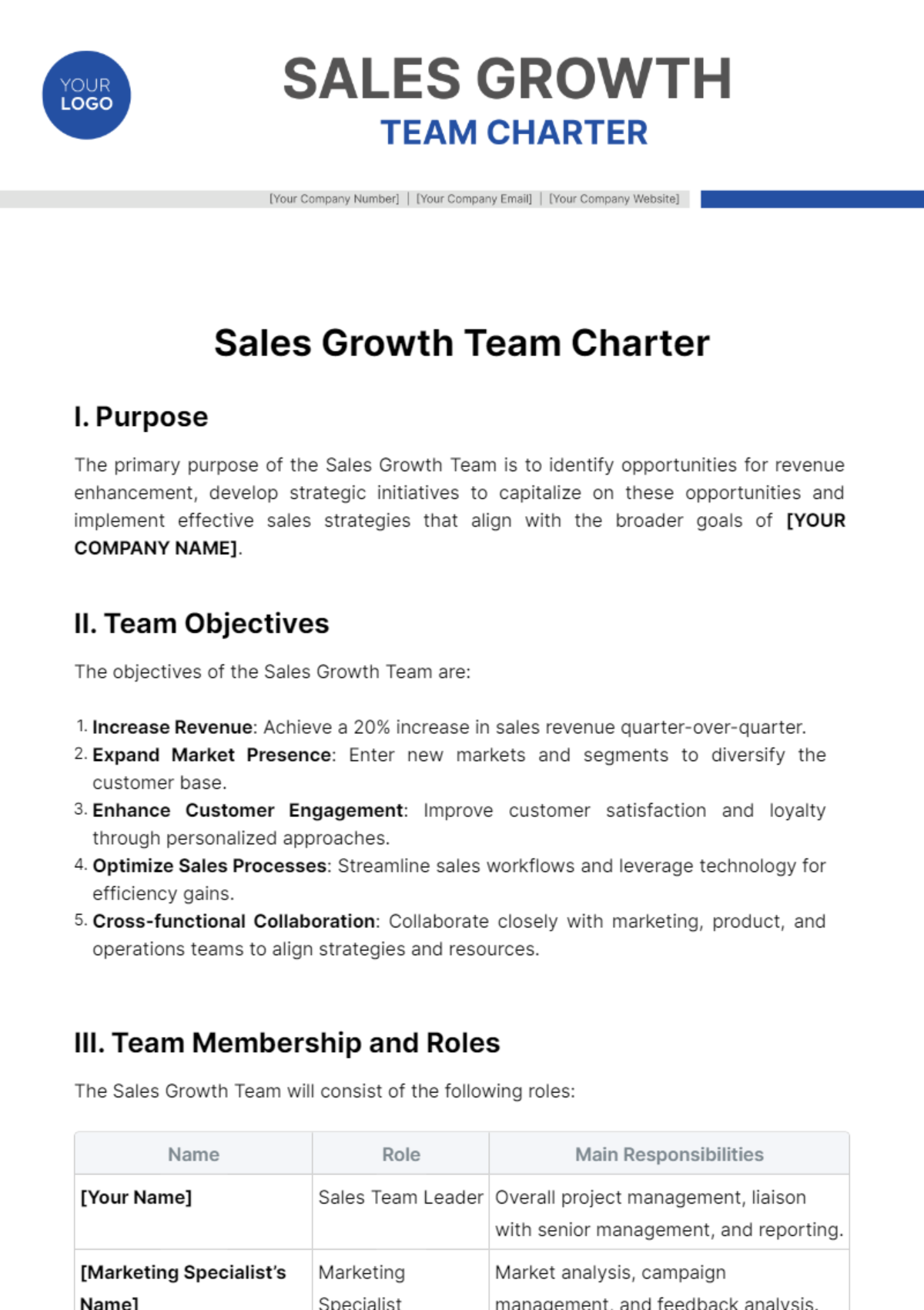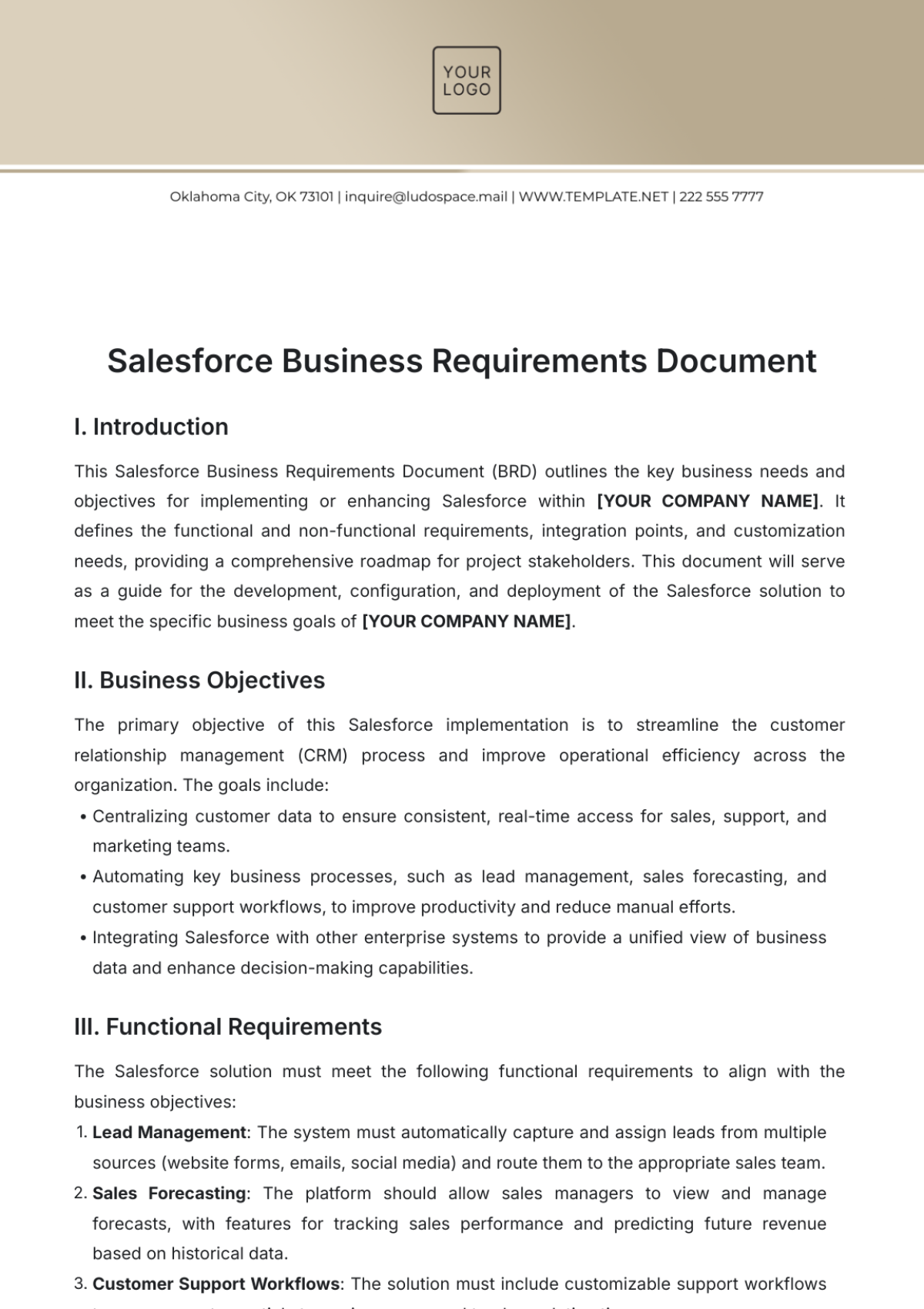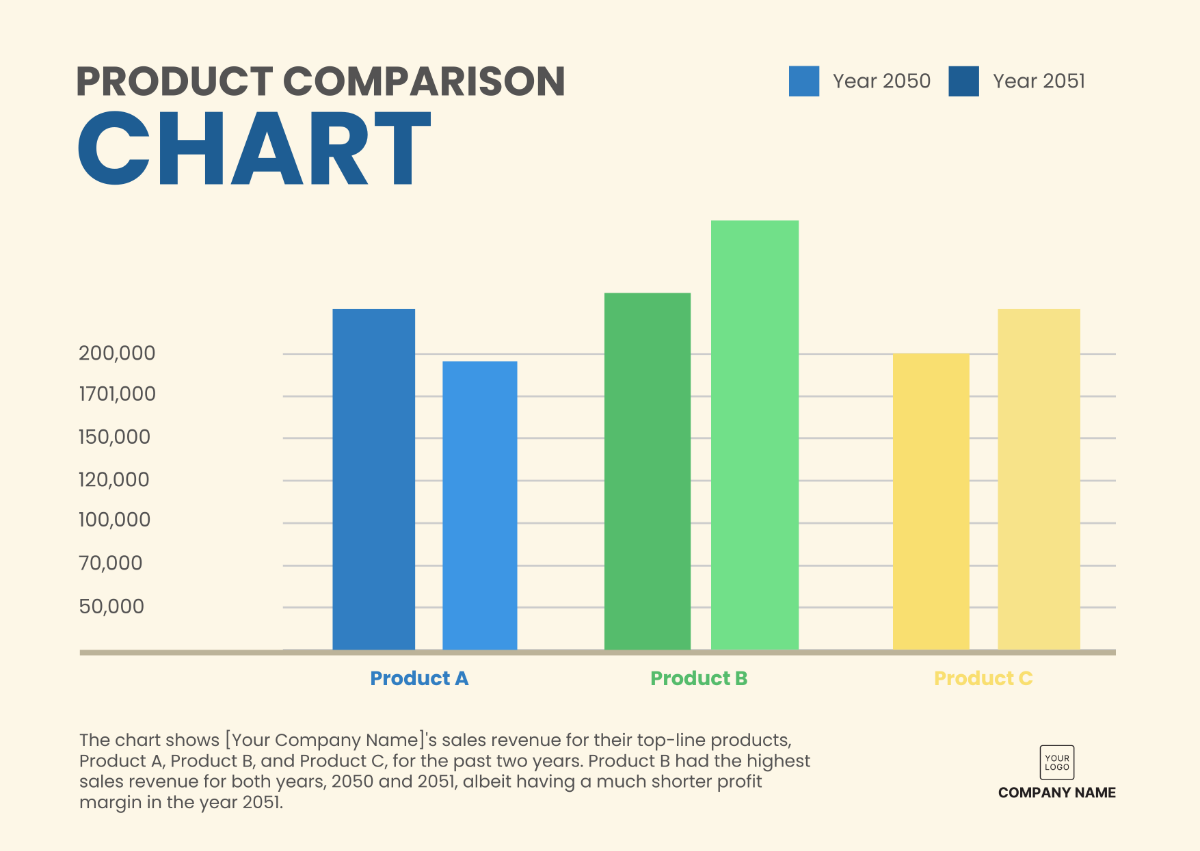Sales NDA for Strategies Based on Data
I. THE PARTIES
This Non-Disclosure Agreement (the “Agreement”) is entered into on this date, [Month Day, Year], (the “Effective Date”), between [Your Company Name], with its principal office at [Your Company Address] (hereinafter referred to as the “Disclosing Party”) and [Client Company Name], with its principal office at [Client Company Address] (hereinafter referred to as the “Receiving Party”).
A. Preamble
The Disclosing Party possesses certain confidential and proprietary information and data-driven sales strategies, marketing plans, customer insights, and financial data, hereinafter referred to as “Confidential Information.” The Receiving Party desires to receive such Confidential Information from the Disclosing Party for the purpose of discussing, evaluating, and potentially implementing sales strategies.
B. Agreement
In consideration of the mutual covenants contained herein, the Parties agree as follows:
II. DEFINITION OF CONFIDENTIAL INFORMATION
During the term of this Agreement, the Disclosing Party may disclose certain Confidential Information to the Receiving Party. The Confidential Information includes, but is not limited to:
A. Data-Driven Sales Strategies
Data-Driven Sales Strategies are strategies that leverage data to identify, engage, and convert potential customers. The purpose of these strategies is to increase sales efficiency and effectiveness by using data to make informed decisions. Examples of these strategies could include:
Targeted Marketing: Using customer data to segment the market and tailor marketing efforts to specific groups.
Personalized Sales Pitches: Using customer data to personalize sales pitches to individual customers, increasing the likelihood of a sale.
Predictive Sales Forecasting: Using historical sales data to predict future sales trends and make informed business decisions.
B. Marketing Plans
Marketing Plans include the Disclosing Party’s strategies for promoting its products or services. The purpose of these plans is to increase brand awareness, generate leads, and ultimately drive sales. Examples of these plans could include:
Content Marketing: Creating and sharing relevant content to attract and engage a target audience.
Social Media Marketing: Using social media platforms to reach a larger audience and promote products or services.
Search Engine Optimization: Optimizing a website to rank higher in search engine results, increasing visibility and traffic.
C. Customer Insights
Customer Insights refer to data that provides understanding and interpretation of the Disclosing Party’s customers’ behaviors and patterns. The purpose of these insights is to better understand the needs and wants of the customers, improve customer satisfaction, and build stronger customer relationships. Examples of these insights could include:
Customer Preferences: Understanding what products or services customers prefer can help tailor offerings to meet their needs.
Buying Habits: Knowing when and how often customers buy can help predict future sales and manage inventory.
Feedback: Customer feedback can provide valuable insights into what is working well and what can be improved.
D. Financial Data
Financial Data includes any data related to the Disclosing Party’s financial status, such as revenue, profit margins, and expenses. The purpose of this data is to provide a clear picture of the financial health of the Disclosing Party. Examples of this data could include:
Income Statements: These provide a summary of the company’s revenue and expenses, showing the net profit or loss over a specific period.
Balance Sheets: These provide a snapshot of the company’s assets, liabilities, and equity at a specific point in time.
Cash Flow Statements: These show how changes in balance sheet accounts and income affect cash and cash equivalents, breaking the analysis down to operating, investing, and financing activities.
III. OBLIGATIONS OF RECEIVING PARTY
The Receiving Party agrees to the following obligations:
A. Usage of Confidential Information
The Receiving Party agrees to use the Confidential Information solely for the purpose of discussing, evaluating, or implementing sales strategies and not for any other purpose. This includes, but is not limited to:
Discussion: The Receiving Party may discuss the Confidential Information with the Disclosing Party in order to understand it better and to generate ideas for its implementation.
Evaluation: The Receiving Party may evaluate the Confidential Information to determine its potential for improving sales strategies.
Implementation: If agreed upon by both parties, the Receiving Party may implement the sales strategies suggested by the Confidential Information.
B. Protection of Confidential Information
The Receiving Party agrees to protect the Confidential Information with the same degree of care as it uses to protect its own confidential information of a similar nature, but in no event with less than a reasonable standard of care. This includes, but is not limited to:
Secure Storage: The Receiving Party will store the Confidential Information in a secure location, accessible only to authorized individuals.
Limited Access: The Receiving Party will limit access to the Confidential Information to individuals who need to know the information for the purposes outlined in this Agreement.
Non-Disclosure: The Receiving Party will not disclose the Confidential Information to any third party without the prior written consent of the Disclosing Party.
IV. NON-DISCLOSURE PERIOD
A. Duration
The Receiving Party’s obligations under this Agreement shall continue for a period of three (3) years from the Effective Date. This period is chosen to ensure a reasonable amount of time for the Disclosing Party to benefit from the Confidential Information before it can be disclosed.
B. Start and End Dates
Start Date: The non-disclosure period begins on the Effective Date of this Agreement.
End Date: The non-disclosure period ends three (3) years from the Effective Date, unless otherwise extended by mutual agreement of the parties.
C. Ongoing Obligations
Even after the end of the non-disclosure period, the Receiving Party must continue to protect any Confidential Information that has not become public knowledge.
V. NON-CONFIDENTIAL INFORMATION
The obligations of non-disclosure and non-use set forth in this Agreement shall not apply to any portion of the Confidential Information that:
A. Public Domain
Was in the public domain at the time of disclosure. This means that the information was available to the public through no fault of the Receiving Party. This includes the following:
News Articles: If the Confidential Information has been disclosed in news articles available to the public, it is considered to be in the public domain.
Publicly Available Reports: If the Confidential Information is contained in reports that are publicly available, such as annual reports or market research reports, it is considered to be in the public domain.
Government Records: If the Confidential Information is contained in government records that are open to the public, it is considered to be in the public domain.
B. No Fault of Receiving Party
Becomes part of the public domain through no fault of the Receiving Party. This means that the information became available to the public without any action or inaction by the Receiving Party. This includes but not limited to:
Third-Party Disclosure: If a third party who is not bound by a confidentiality agreement with the Disclosing Party discloses the Confidential Information to the public, it is considered to be in the public domain through no fault of the Receiving Party.
Independent Development: If the Receiving Party independently develops the same information as the Confidential Information without reference to the Confidential Information, and subsequently discloses it to the public, it is considered to be in the public domain through no fault of the Receiving Party.
C. Prior Possession
Was lawfully in the Receiving Party’s possession prior to disclosure. This means that the Receiving Party had already obtained the information through lawful means before it was disclosed under this Agreement. This includes:
Previous Business Dealings: If the Receiving Party obtained the Confidential Information through previous business dealings with the Disclosing Party or another party, it is considered to be in the Receiving Party’s possession prior to disclosure.
Publicly Available Information: If the Receiving Party obtained the Confidential Information from a source that was publicly available at the time, it is considered to be in the Receiving Party’s possession prior to disclosure.
D. Third Party Disclosure
Is subsequently disclosed to the Receiving Party by a third party not bound by confidentiality obligations to the Disclosing Party. This means that the information was received from another source who was not under an obligation to keep it confidential. Examples include:
Supplier or Vendor: If a supplier or vendor of the Receiving Party, who is not bound by a confidentiality agreement with the Disclosing Party, discloses the Confidential Information to the Receiving Party, it is considered a third-party disclosure.
Industry Conference: If the Confidential Information is disclosed to the Receiving Party at an industry conference by a speaker who is not bound by a confidentiality agreement with the Disclosing Party, it is considered a third-party disclosure.
Publications: If the Confidential Information is published in a book, article, or online publication by an author who is not bound by a confidentiality agreement with the Disclosing Party, it is considered a third-party disclosure.
VI. RETURN OR DESTRUCTION OF CONFIDENTIAL INFORMATION
A. Return of Confidential Information
The Receiving Party agrees to:
Prompt Return: Promptly return all original documents and materials containing the Confidential Information. This includes, but is not limited to, physical documents, digital files, notes, summaries, and any other format that contains the Confidential Information.
Removal of Copies: Remove all electronic and physical copies of the Confidential Information from its systems and files. This includes deleting digital files, shredding physical documents, and ensuring that no backup copies exist.
Confirmation of Return: Provide written confirmation to the Disclosing Party that all Confidential Information has been returned. This confirmation should detail the steps taken to return the information and affirm that no copies have been retained.
B. Destruction of Confidential Information
If the Disclosing Party prefers destruction of the Confidential Information, the Receiving Party agrees to:
Secure Destruction: Securely destroy all original documents and materials containing the Confidential Information. This includes shredding physical documents, permanently deleting digital files, and using other methods as appropriate to ensure the information cannot be recovered or reconstructed.
Removal of Copies: Remove all electronic and physical copies of the Confidential Information from its systems and files. This includes deleting digital files from all computer systems and storage devices, shredding physical documents, and ensuring that no backup copies exist.
Confirmation of Destruction: Provide written confirmation to the Disclosing Party that all Confidential Information has been destroyed. This confirmation should detail the steps taken to destroy the information and affirm that no copies have been retained.
VII. GOVERNING LAW AND JURISDICTION
A. Governing Law
The laws of the state of [State Name] will govern this Agreement, without giving effect to any principles of conflicts of laws. This means that the substantive laws of [State Name], not its conflict of laws principles, will be applied to any disputes that arise out of or relate to this Agreement.
B. Jurisdiction
The Receiving Party agrees to the personal jurisdiction by and venue in the state and federal courts in [State Name], and waives any objection to such jurisdiction or venue. This means that any legal action or proceeding relating to this Agreement will be instituted in a state or federal court in [State Name].
VIII. ENTIRE AGREEMENT AND MODIFICATION
A. Entire Agreement
This Agreement, including any exhibits attached hereto and made part hereof, constitutes the entire agreement between the parties with respect to the subject matter hereof and supersedes all prior understandings, negotiations and discussions, whether oral or written, between the parties. This means that this Agreement is the final and complete expression of the parties’ agreement, and it replaces any and all previous agreements and understandings, whether oral or written, relating to the subject matter of this Agreement.
B. Modification
No modification of or amendment to this Agreement will be effective unless in writing and signed by the party to be charged. Any modifications or amendments must be agreed upon by both parties. This means that any changes to this Agreement must be in writing and signed by both parties in order to be valid.
IX. EXECUTION OF AGREEMENT
The execution of this Agreement signifies the understanding and acceptance of all terms, conditions, and provisions contained herein by both parties. The parties acknowledge that they have read and understood the Agreement, and agree to be bound by its terms and conditions.

[Authorized Representative Name]
[Your Company Name]
Disclosing Party
Date: [Month Day, Year]

[Client's Name]
[Client Company Name]
Receiving Party
Date: [Month Day, Year]




